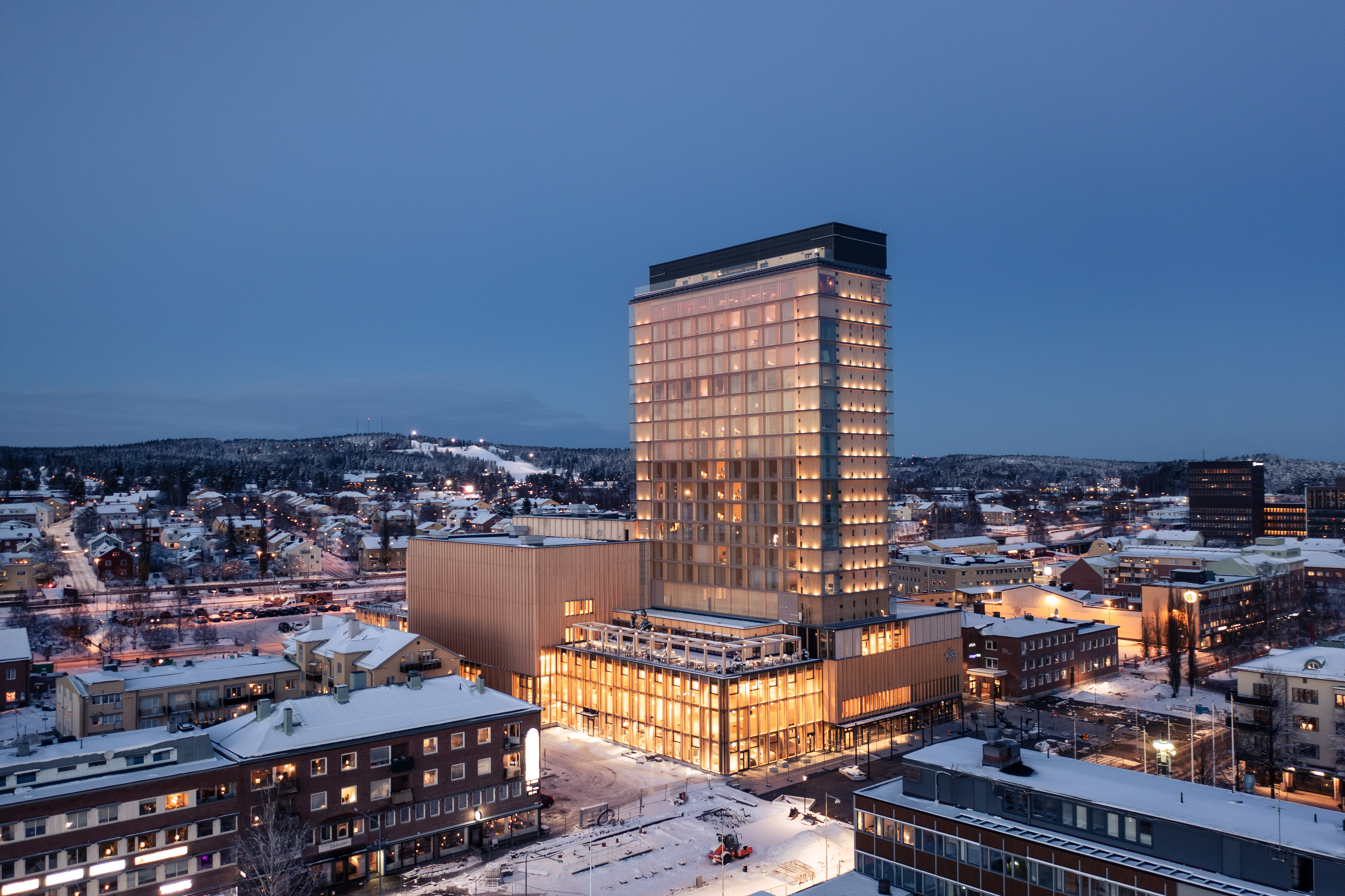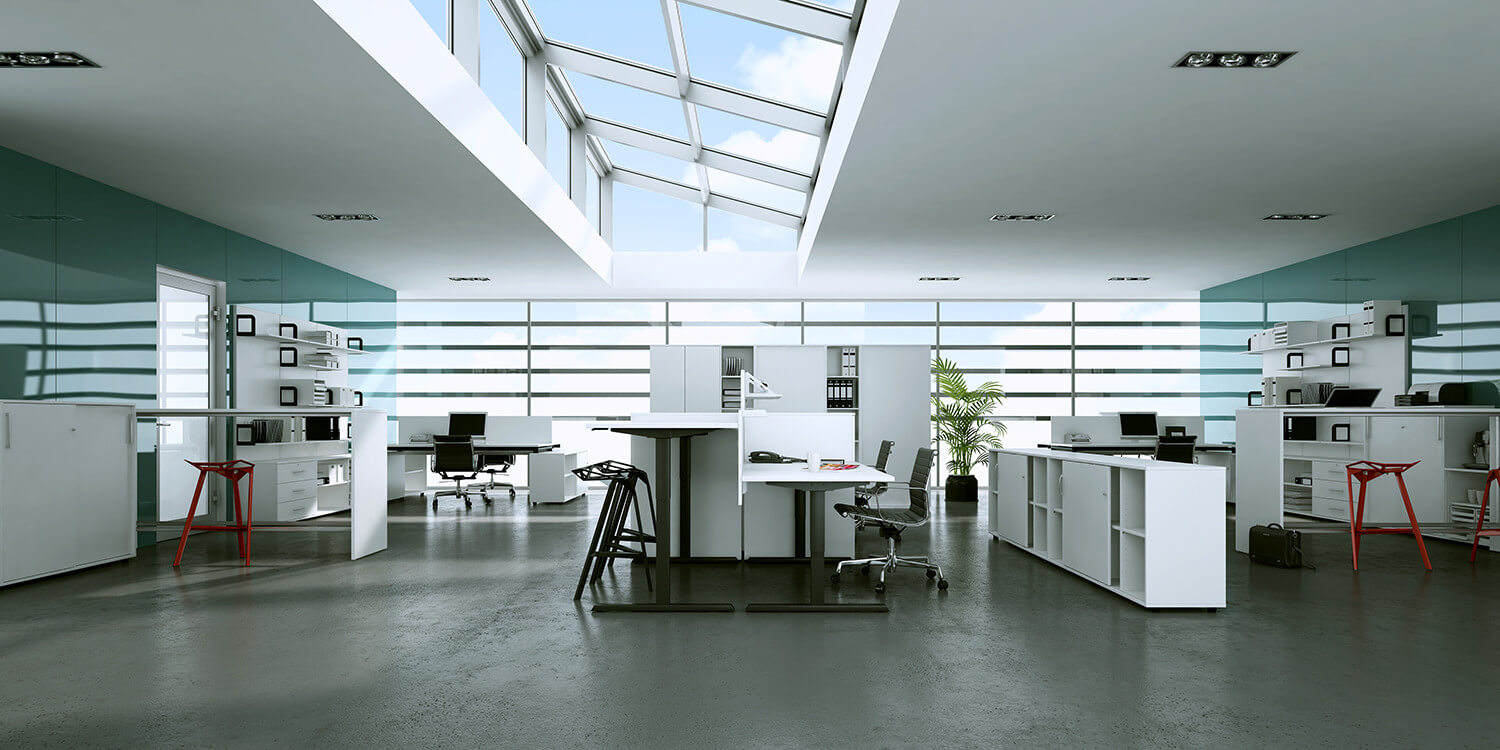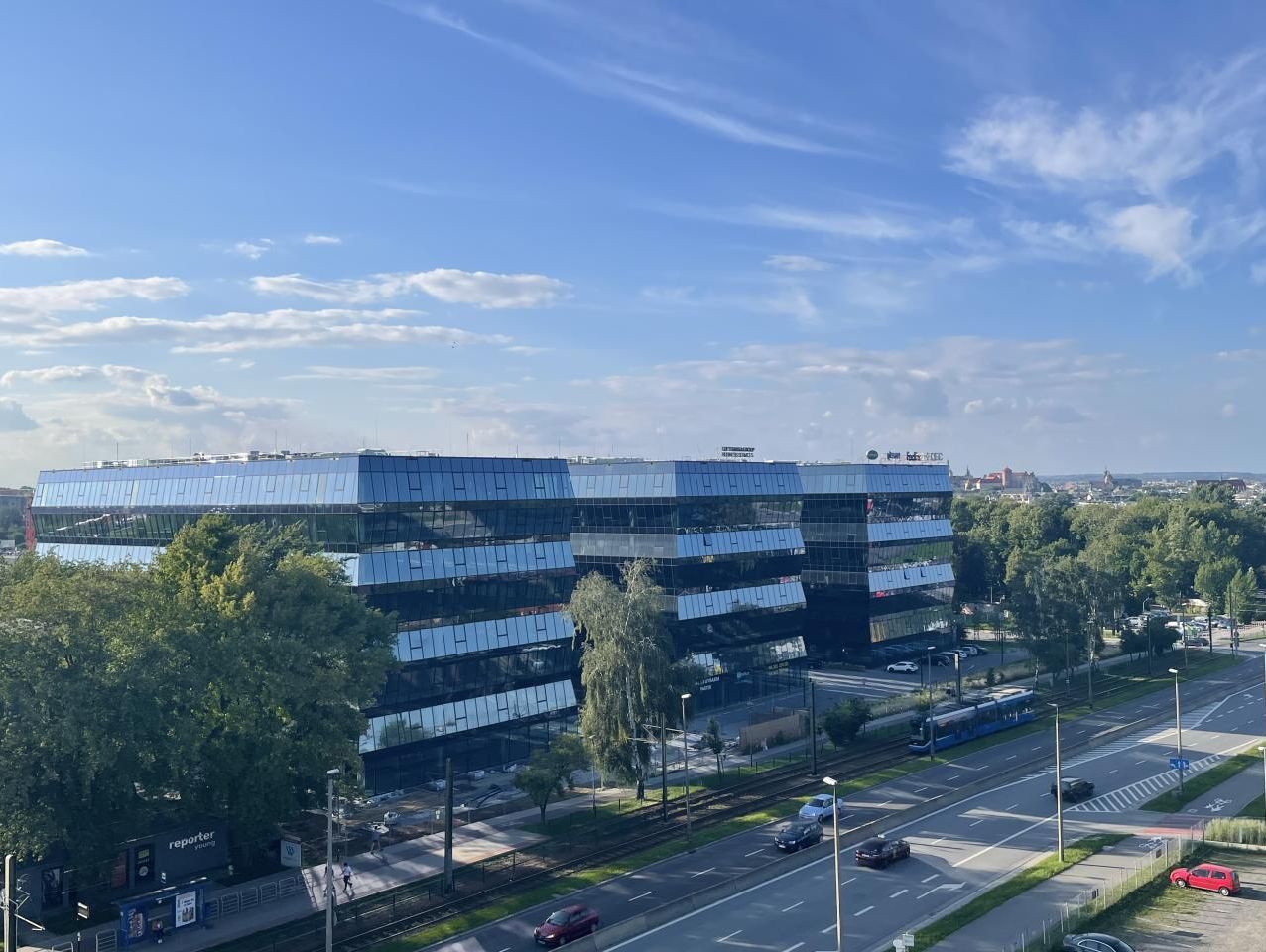Key features of sustainable office buildings
Green construction is undoubtedly a forward-looking trend in the construction industry. Awareness of the climate change to which the sector contributes means that environmental sustainability is taken into account in more and more construction projects. This aspect has significantly changed the perception of, for example, office buildings from the point of view of their functionality.
Sustainable office buildings – a love affair between business and ecology
Sustainable construction is a set of rules intended to help the construction industry protect the environment. In order for a facility to be considered environmentally neutral, it must meet a number of requirements set by, for example, the most popular building certifications – BREEAM and LEED. These requirements relate to a number of elements that affect the fauna and flora of our world. Some of the most important are the use of recycled or recyclable building materials or the production of the energy required to operate the building using renewable sources.
Other important aspects of sustainable construction include the location of the facility to ensure that it can be reached by public transport without the need to use your own car.
The impact of sustainable construction can be seen above all in facilities designed for office purposes. It becomes visible not only in the form of the buildings, but also in the use of appropriate technologies and materials for their construction. This in turn extends the functionality of such facilities beyond the standard dimension.
So what are the functions of office buildings developed according to zero carbon standards?

Sara Kulturhus, Skelleftea, Sweden. Systems used: MB-86, MB-SR50N, MB-SR50N OW. Designed by: White Arkitekter
Features of sustainable office buildings
The global trend of popularising work in front of a computer screen means that an increasing number of projects dedicated to renting office space are being developed on the real estate market. Because of this trend, these facilities have to compete with each other to attract tenants. How can they do this effectively?
The move towards ‘green’ technologies is currently one of the best elements for increasing competitiveness in the industry. Achieving high ratings in BREEAM and LEED certifications is not only an opportunity for investors to combat climate change more effectively, but also represents a real competitive advantage. In doing so, they also change the function of office buildings. We present the most important ones below.
Providing a comfortable place to work
The primary function that office buildings have is providing a comfortable working environment for the tenant. For this reason, they must be equipped with all possible amenities that tenants may need. An efficient and effective heating and cooling system, large glazed areas providing access to natural light, the right location of the building to ensure quick and simple access for its users – these are just a few of the long list of elements that an investment must meet.
Comfortable working conditions contribute, for example, to improved employee productivity and, consequently, faster growth for companies subletting office space in facilities of this type. How can we influence this function of the building? It is very simple thanks to modern solutions. For example, the best access to natural sunlight can be achieved by using façade systems based on aluminium frames. Aluminium is a much more durable material than PVC, and its window frames are much thinner, providing a larger glazed area.
A good example of this is the MB-SR50N ZS façade system from Aluprof. It not only provides adequate thermal and acoustic insulation parameters, but also allows Skyflow façade blind systems to be fitted for even better control of the amount of light entering interiors.
Reducing the carbon footprint
One of the most important functions of green office buildings is to reduce the carbon footprint created by their use. After all, sustainable construction is not only about the technology and materials used for construction, but also about the subsequent use of the facility.
To achieve this purpose, we can install systems for obtaining energy from the sun to minimise the use of the municipal power supply, which produces electricity using, for example, fossil fuels. Photovoltaics is an increasingly popular solution used in construction projects to ensure partial or even complete independence from third-party providers of energy. It also makes it possible to produce electricity for one’s own needs without any emissions. A photovoltaic skylight built by Aluprof can be a perfect match for such solutions.

‘The skylight in the MB-SR50N EI system is an example of the dynamic development of window technology, which now makes it possible to integrate its traditional functions with electricity production’, says Viktor Stojanoski, Regional Manager, Aluprof. ‘It is a combination of the Aluprof profile with photovoltaic glazing that uses the innovative quantum dot technology. It ensures that the cells in the glass are invisible, and the glass itself remains fully transparent and translucent, providing full natural light to the interior’, he adds.
Apart from producing its own electricity, it is equally important to save energy. In the case of office buildings, the most important element influencing this is the good thermal insulation of the glass surfaces. Aluprof MB-SR50N HI+ systems are perfect for this purpose, as they offer, for example, a high Uf value of 0.59 W/(m2K).
Promoting recycling
There is much talk that the exploitation of our planet’s natural resources could soon lead to their complete depletion. It is therefore very important to reuse raw materials that have already been extracted and processed.
Office buildings constructed in line with the sustainable construction concept provide an excellent opportunity to promote such a solution. More and more construction projects use renewable or recycled materials. The first group includes wood, which is becoming increasingly popular not only in residential construction but also in commercial buildings. The second group consists of a range of materials that can be recycled and reused in numerous facilities. An excellent example is the aluminium used by Aluprof, which can be recycled at the customer’s request. This is important because the reprocessing of this material is much more environmentally friendly than the manufacture of virgin aluminium.
Improving the aesthetics of urban spaces
Office buildings constructed these days are very often true works of design and architectural art. The huge glazings not only provide plenty of light for the interiors, but are often also the front ornament of the facility, proving its quality and excellent workmanship.
For this reason, the selection of appropriate façade systems is important if the objective of our construction project is not only environmental protection, but also prestige expressed in the form and finish of the facility. Aluprof offers a number of solutions that guarantee the ‘Wow!’ effect. One of them is the MB-TT50 mullion-transom wall system, which makes it possible to build huge glazing surfaces based on window grinder frames made of aluminium. This system is also characterised by a high thermal insulation value (Uf from 0.5 W/(m2K)), which guarantees adequate insulation of the interior in all conditions.

Wadowicka 3, Kraków, Poland. Systems used: MB-45, MB-70HI, MB-78EI, MB-SR50N OW, MB-SR60N EFEKT. Designed by: Medusa Group
Let’s build a better future
Designing according to the rules of the sustainable construction trend, especially for office buildings, is an excellent way of attracting the attention of tenants, who are attaching increasing importance to the ecological aspect of their business. This trend perfectly demonstrates that combining business with ecology is possible and brings tangible benefits. On the one hand, it makes it possible to protect the environment through zero-emission technologies, and on the other, it provides the opportunity to gain competitive advantages that ensure a faster return on investment and a lower risk of vacancy in leased space.
The use of the systems offered by Aluprof makes it easier to fit in with ‘green’ solutions, which not only make it possible to achieve good ratings in building certifications, but also guarantee resistance to weather conditions and long-term durability. Thus, they assure that the facilities constructed with them will serve future generations.
